If you had to choose one coastal location for a family vacation that offered good fishing, where would it be?
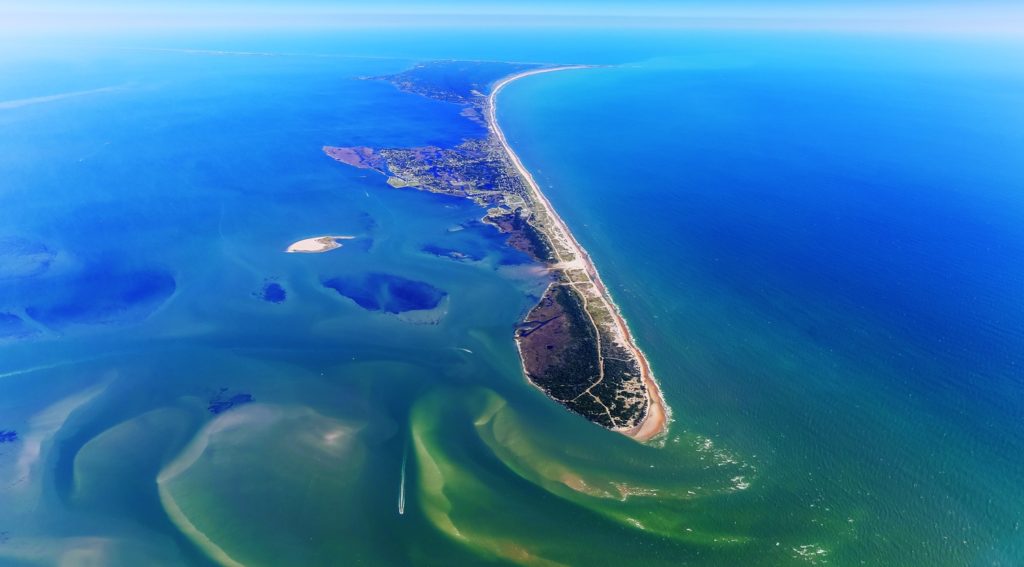
Not long ago, that became my task: finding a spot for a family reunion where two dozen kinfolk — mothers, fathers, sons, daughters, brothers, sisters, cousins, aunts, uncles and so on, from 1 to 70 years old — could spend a week together.
Although I considered the coastline of the entire lower 48, from Washington state to Maine, the choice didn’t take long, and soon I’d booked two huge beachfront homes with 15 bedrooms in total on North Carolina’s Outer Banks.
Since folks would be converging on the state from all over — Washington, California, Minnesota, Virginia, Missouri, Florida — I felt the responsibility of my choice weighing on me. I’m happy to report in retrospect that my good name wasn’t tarnished: A good time was had by all.
Why Pick the Outer Banks for a Family Fishing Vacation?
For my part, of course, I liked the idea of having our big hoedown where we could get in some serious fishing. But it sure couldn’t be just about fishing. While a lot of my kinfolk have done a bit of fishing (in many cases, mostly with me), not all are hardcore anglers. Plus we had toddlers to consider, too young to go offshore.
Fortunately, everyone loves the beach, and the seemingly endless, accessible, inviting beaches of the Outer Banks offer all the attendant water activities as well as the opportunity to simply chill out.
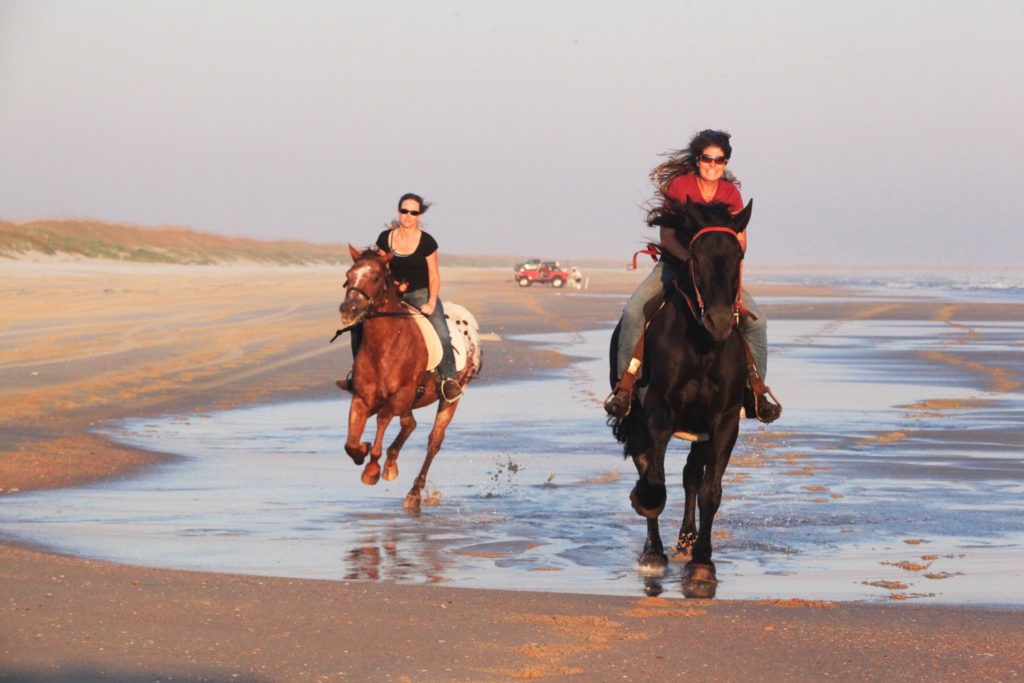
Another factor in deciding on the Outer Banks were the rental-home options. Spaced intermittently up and down the Outer Banks beaches are clusters of fabulous homes, many three or even four stories tall, with six to eight or more bedrooms, huge kitchens with double appliances, and spacious decks overlooking the Atlantic to the east and Pamlico Sound to the west.
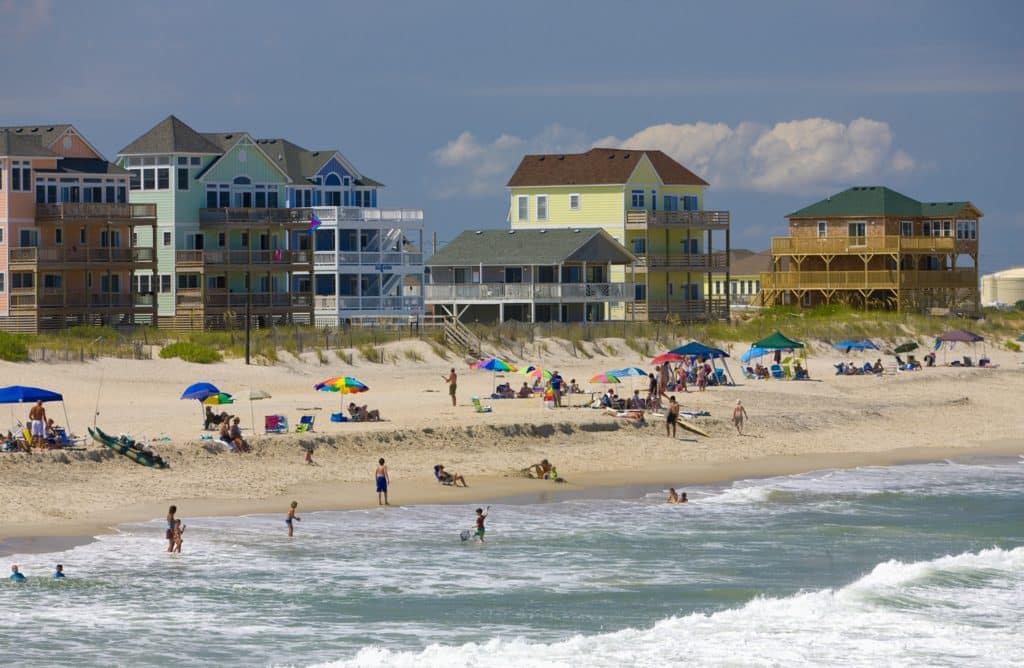
Maximum Mahi Fishing
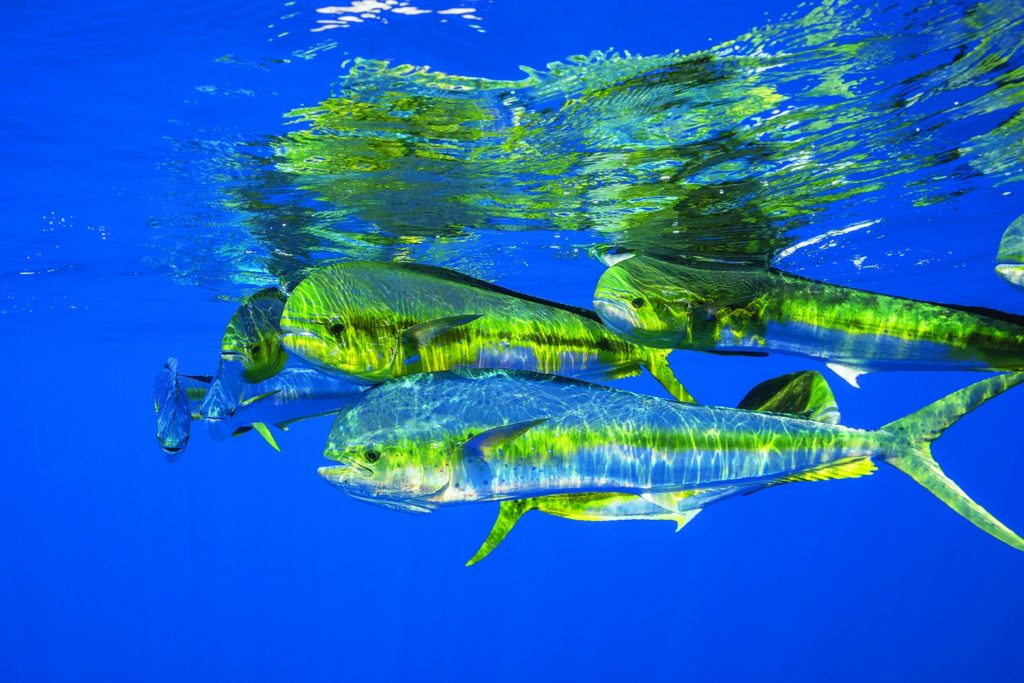
I had promised the many eager anglers they’d have action, and the waters off the Outer Banks certainly didn’t let us down. Early August, when we were there, isn’t the peak time of year, but we enjoyed some fast action for small dolphin (mahi) and wahoo with Capt. Jeff Quidley and mate Shane Austin aboard the custom 50-foot convertible Chaser.
When the timing’s right, the offshore waters here can offer excellent action for billfish (blue marlin, white marlin and sails). But lately the wahoo had been snapping, so we agreed to target the oversize mackerel.
Fortunately, the weather was with us, and the Atlantic offered no more than a gentle chop. Before we could reach the wahoo grounds, I began to notice patches of sargassum. Soon Quidley spotted a much larger weed line just ahead. Fortunately, I’d brought tackle that would maximize the fun quotient for school dolphin, and handed out spinners with 20-pound line.
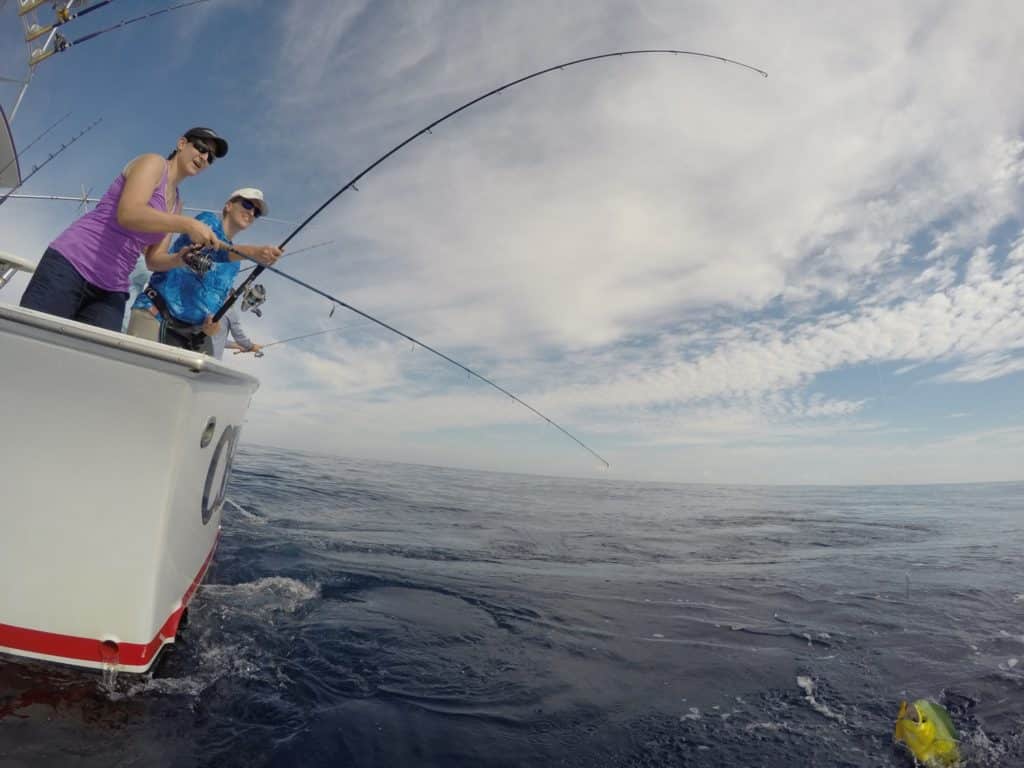
Austin began tossing out chunks to the eager fish, and all hell broke loose around the cockpit.
Anyone who’s ever encountered school dolphin knows the drill: rods bending, lines tangling, anglers screaming, fish leaping all over the water, the mate bailing ’em over the gunwales, and in general, a world of chaos. Not all of these anglers, though, did know the drill. For them in particular, it proved a great way to start the morning.
There was no shortage of fish, and they didn’t seem to be wising up, so I suspect we could have boxed our limit (60 fish for six anglers).
But we agreed we didn’t need that many, and after we’d caught perhaps half that number and released as many, we figured it was time to go troll for wahoo.
Experience Not Required
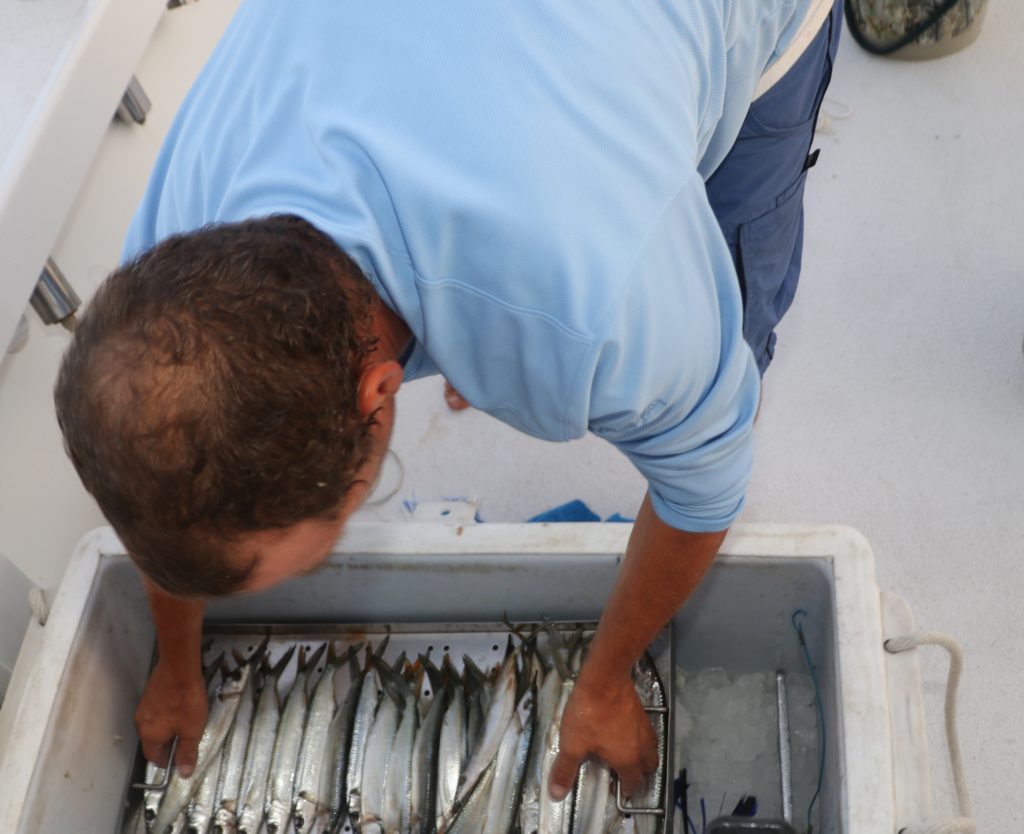
Austin put out the boat’s Penn International 80s and armed the lines with ballyhoo on Ilanders behind metal planers.
When the first whack came, with line whirring off the spool, Zach Sherman — a young man from California who’d never caught a wahoo or anything like it — jumped into the fighting chair and went to work, with some coaching from Austin.
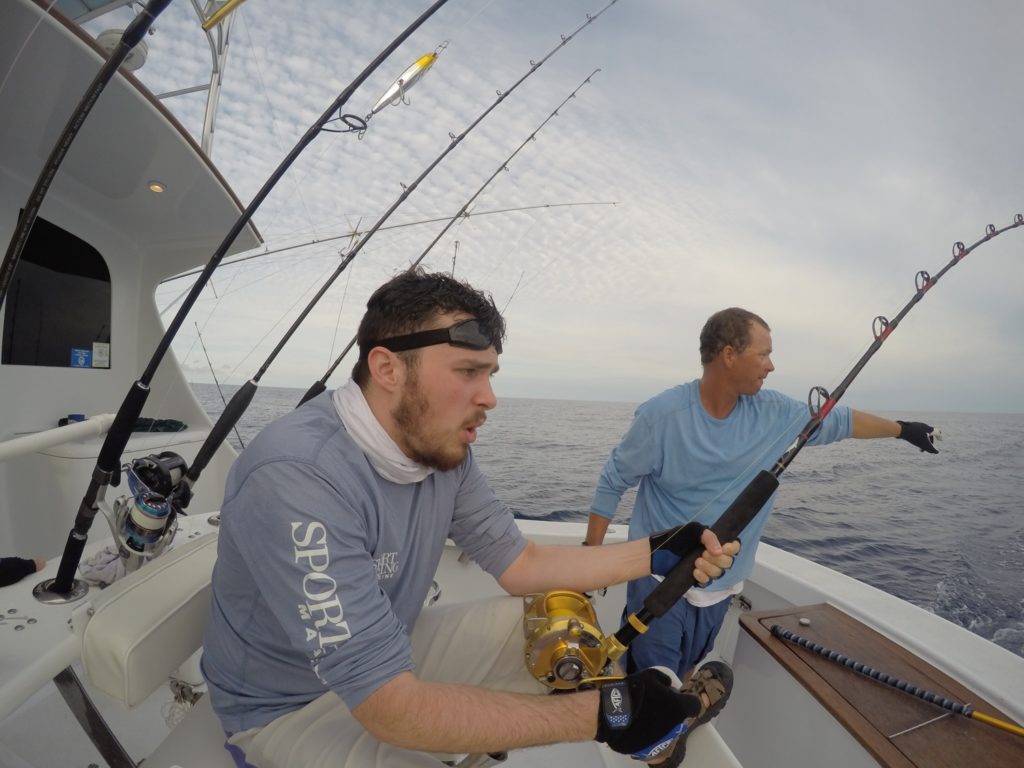
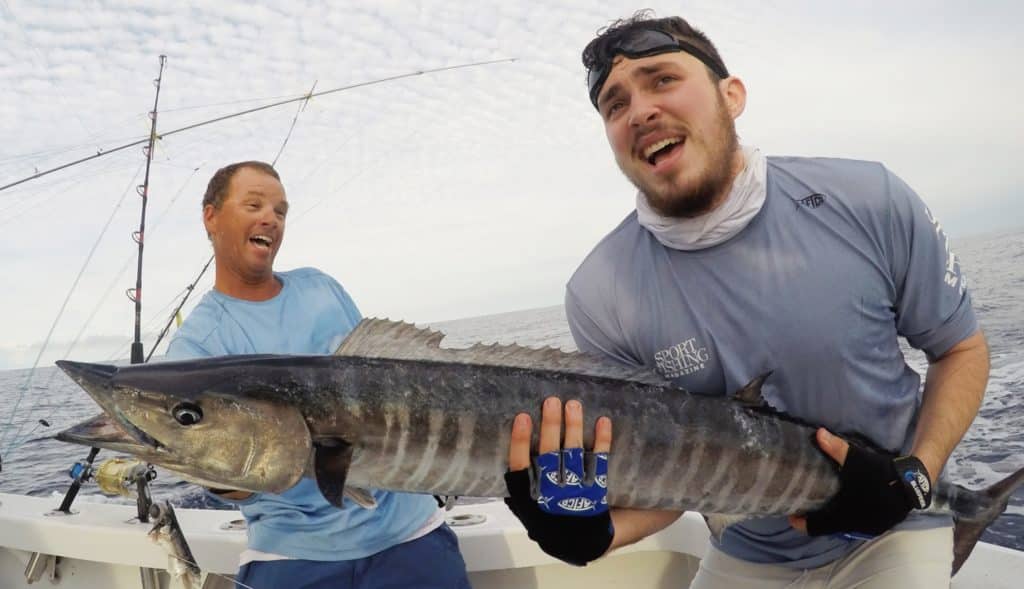
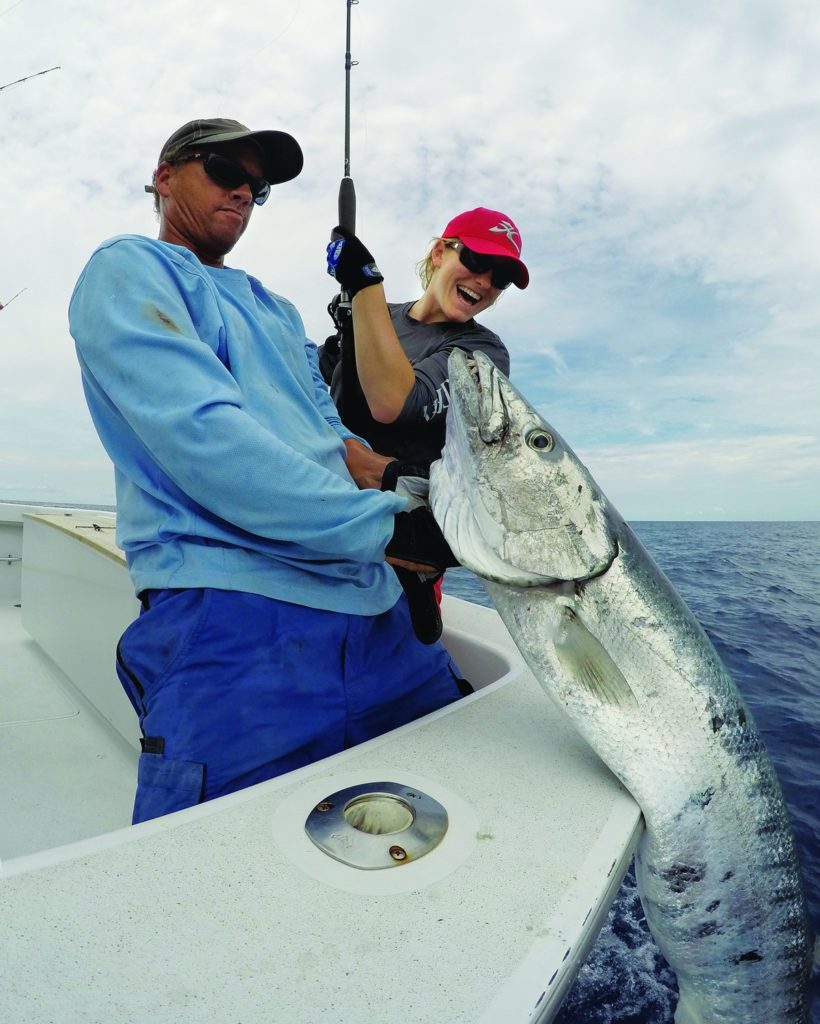
Light-Line Wahoo
The next day went similarly, starting out with a dolphin melee. Though we would boat only a couple of wahoo (losing one more boat-side during a photo session), I persuaded Austin to let us use some gear much lighter than the boat’s 80-wides.
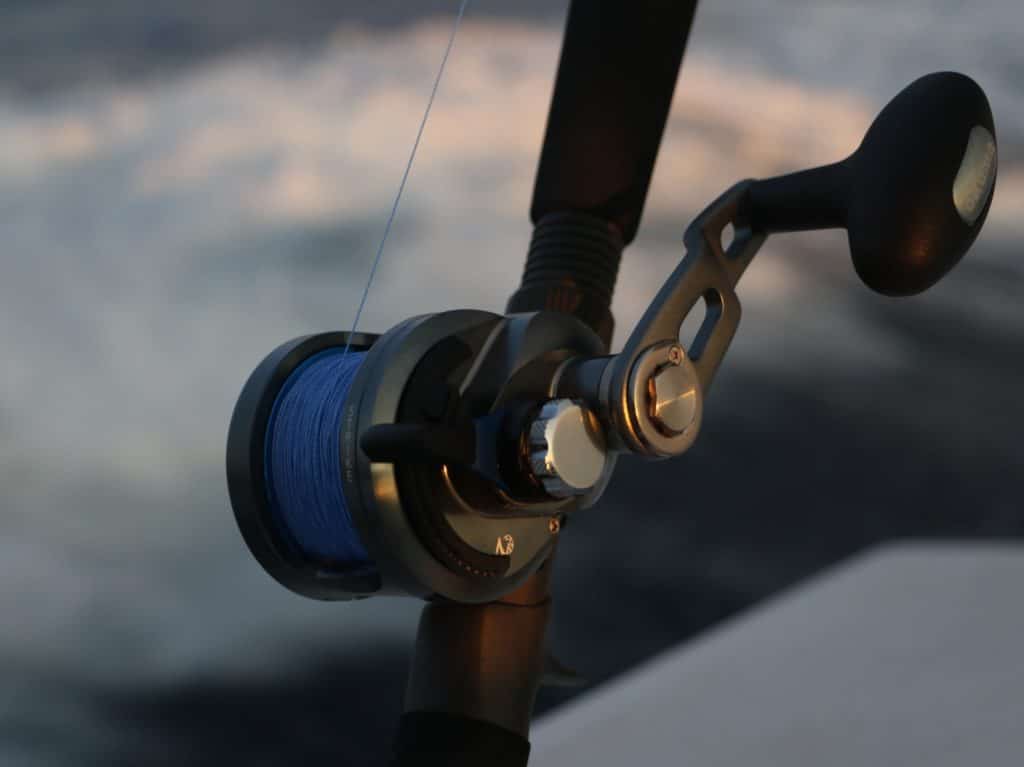
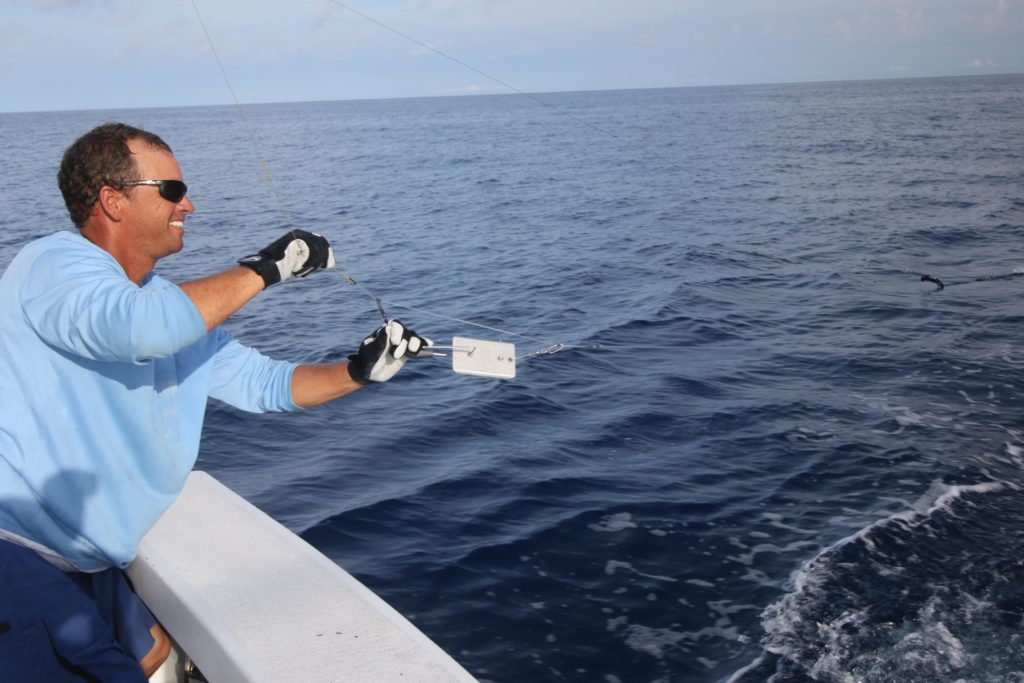
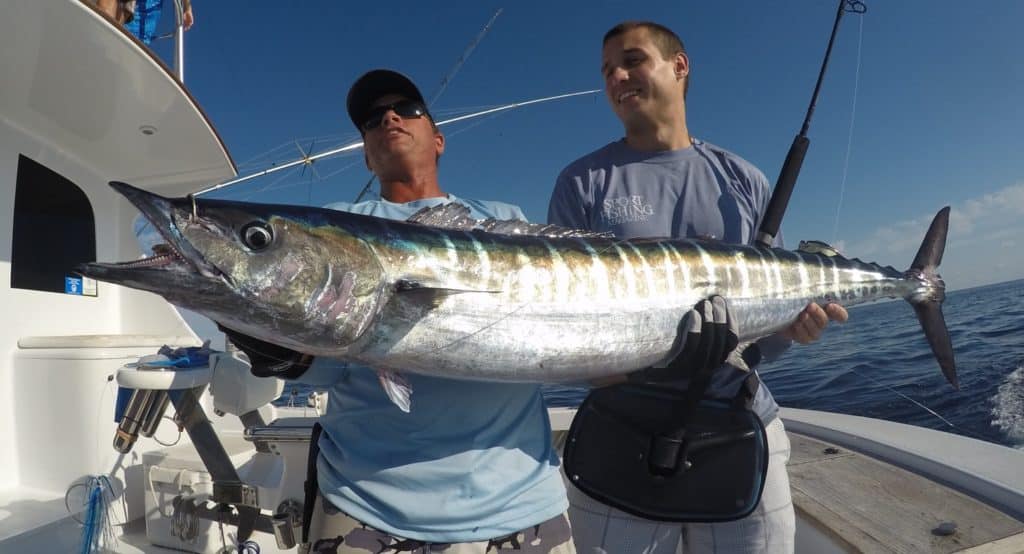
A Surfeit of Species for Fishermen
While we tangled mostly with mahi and wahoo, when one takes into account the options here to fish blue water, inlets, beaches and Pamlico Sound, the list of game fish available (often seasonally) is staggering.
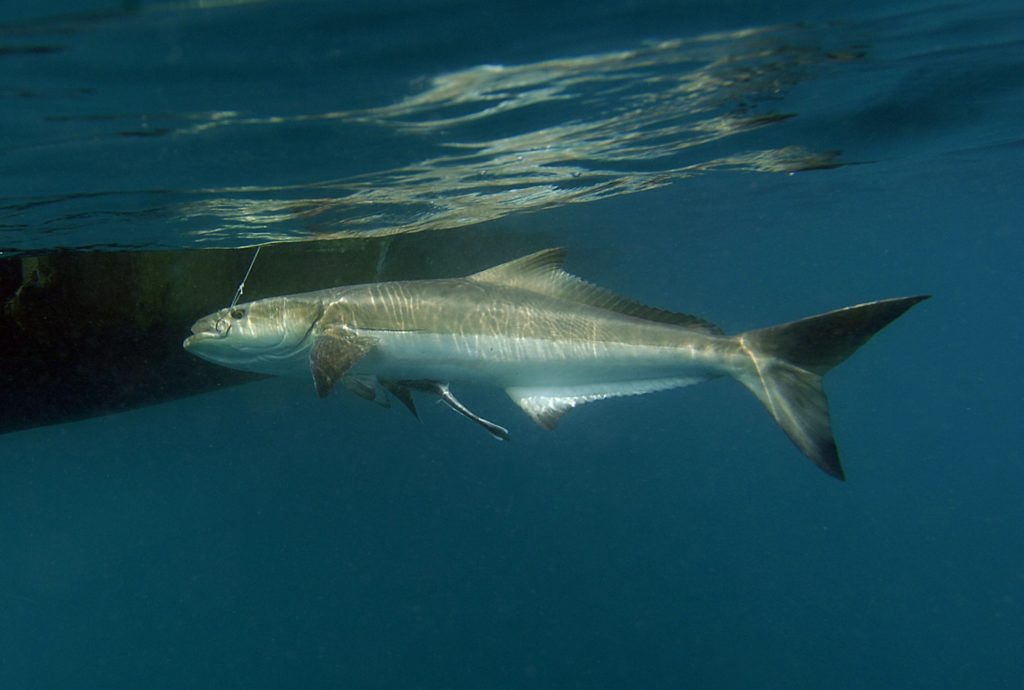
“Starting in the early summer,” says Bob Eakes, referring to the inshore opportunities, “you’ve got big cobia, red drum, seatrout, bluefish, Spanish mackerel, tarpon, flounder and some years big Florida pompano.”
Probably no one knows the Hatteras fishery better than Eakes, who owns the venerable Red Drum Tackle Shop in Buxton and has fished these waters over a lifetime. Eakes, considering offshore opportunities in the summer, cites yellowfin tuna that show up in the spring, and while tuna numbers may taper off in June, dolphin and wahoo move in (as we found out). At the same time, fishing for white marlin and especially blue marlin heats up.
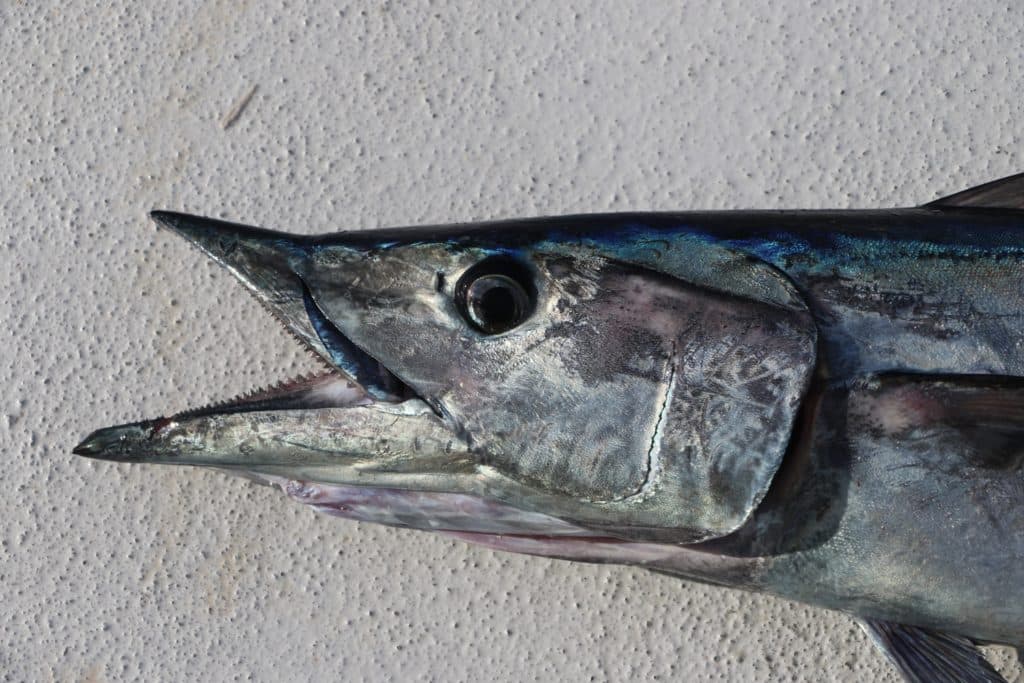
Eakes notes that 2016 offered “about the best wahoo fishing I’ve heard of.” He reports that some boats had 15-fish days on wahoo. A week or so before our visit, Chaser had some double-digit outings.
Bottomfish action can be “wide open”, says Eakes, but he cautions anglers to be familiar with closed seasons and limits for various species. Harvesting red snapper (abundant here as throughout the Southeast) remains closed throughout the year.
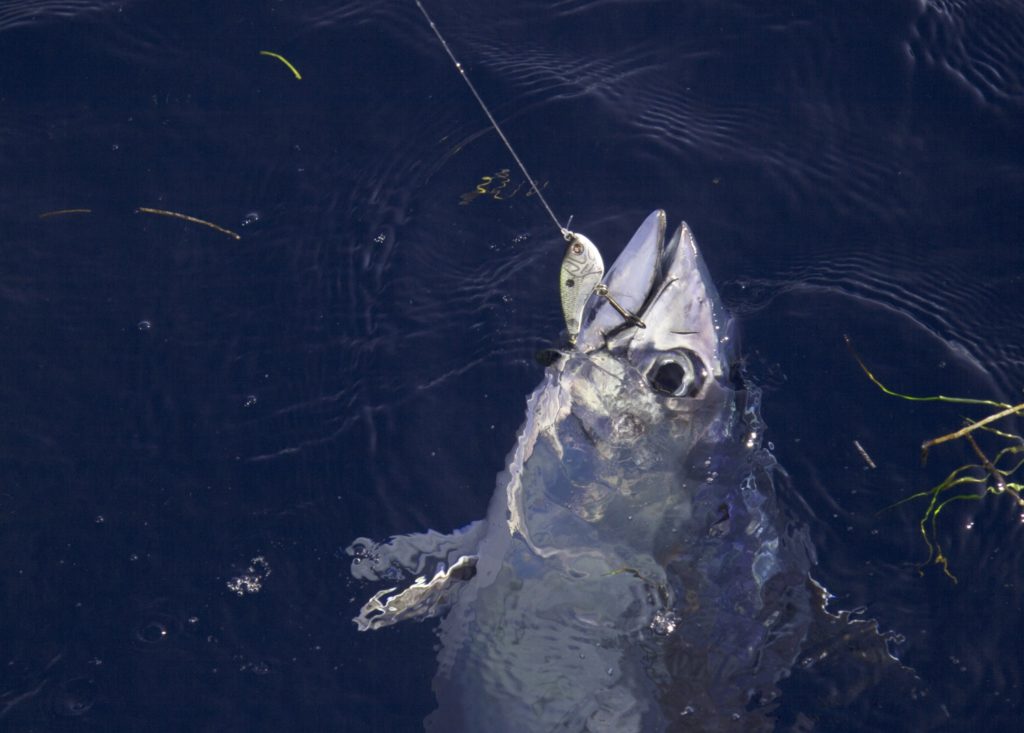
Of course, there are targets other than grouper and snapper this side of blue water, including amberjack, king mackerel and blackfin tuna. “You can usually find the blackfin stacked up,” says Eakes. “That’s some great deep jigging, and for some big blackfin!”
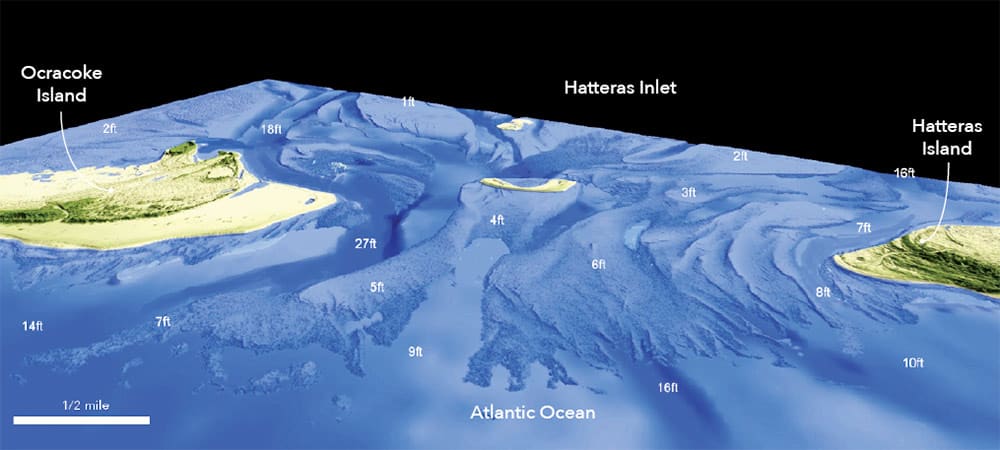
For Family Fun, As Good As It Gets
For at least a decade, schools of bluefin tuna came here to feed near shore, providing one of the world’s great fisheries for big — if not always giant — bluefin. “God, it was glorious,” Eakes recalls. The bluefin still come down in cold-weather months, but they’re not such easy targets anymore.
Ditto striped bass. In the ’90s, Eakes says, winter catches seemed unlimited off the beaches, but no longer. Bass enthusiasts hope to see them return.
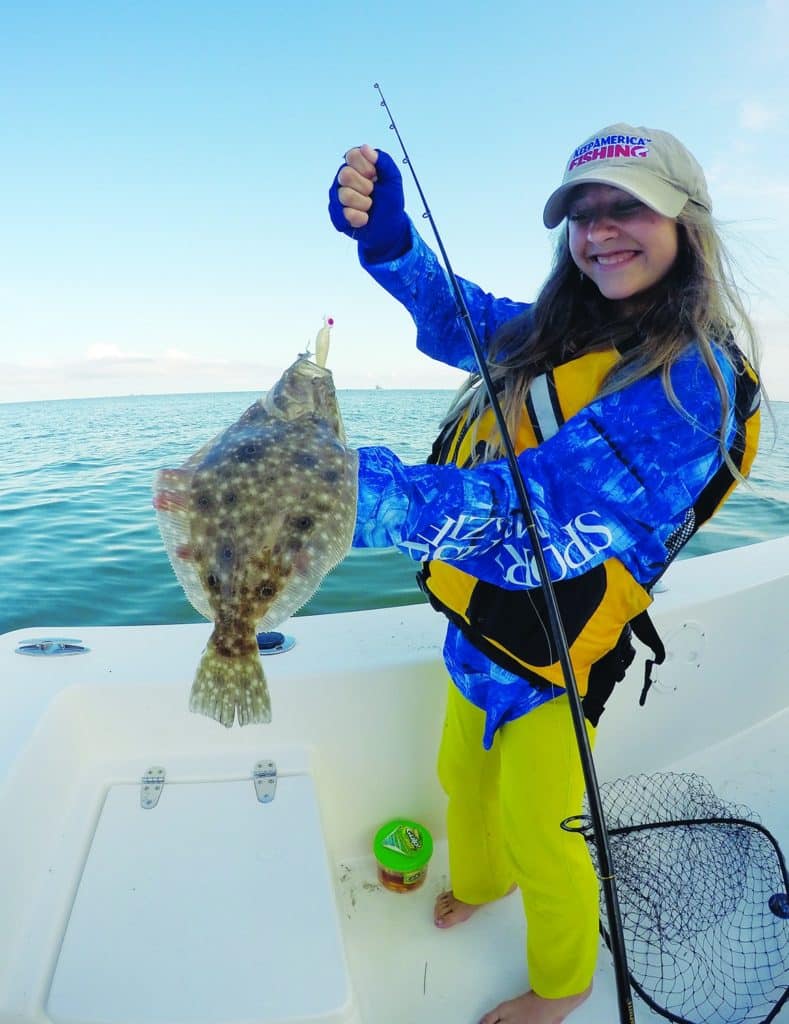
The action in Pamlico Sound can be sterling for the usual inshore species. It’s worth noting that a strong year class of reds four to five years ago has meant lots of fish well over the upper slot limit (27 inches) for great catch-and-release action.
Sight-casting to cobia just outside and inside inlets is increasingly popular in the late spring and early summer. Some cobes hang around throughout the summer, but anglers who catch cobia should check regs for state waters (within three miles) carefully since those have varied in recent years.

While I would have loved the chance to fish for more species among the great variety of game fish available at various times to OBX anglers, the chance to fish here at all was pretty special. But more than that, to do so with my family, and to spend evenings together, made this fishing trip to the Outer Banks about as good as it gets.
Clamming — Hard to Beat
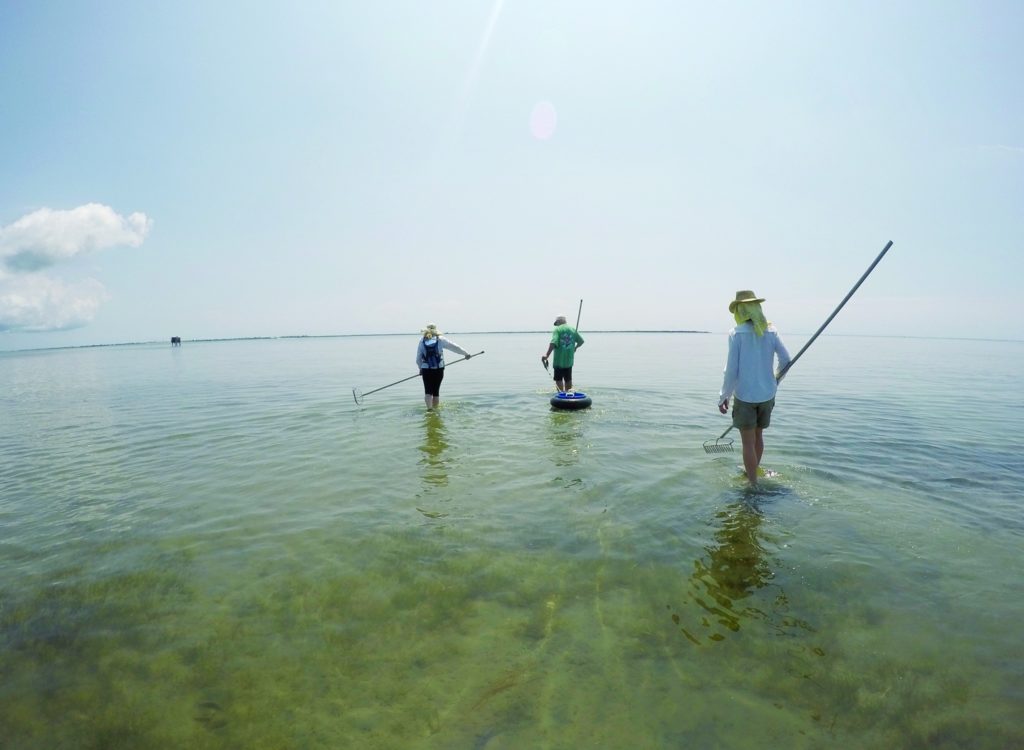
One’s perspective often changes with one’s situation. For example, had I traveled to a destination to meet up and fish with a bunch of guys, my interest in giving up a day offshore to go clamming would have been minimal. However, raking the flats on a perfect summer morning with assorted family, including toddlers, made the experience priceless. Everyone participated and had a grand time. Fortunately, Hatteras offers great clamming opportunities as well as trapping for blue crabs.
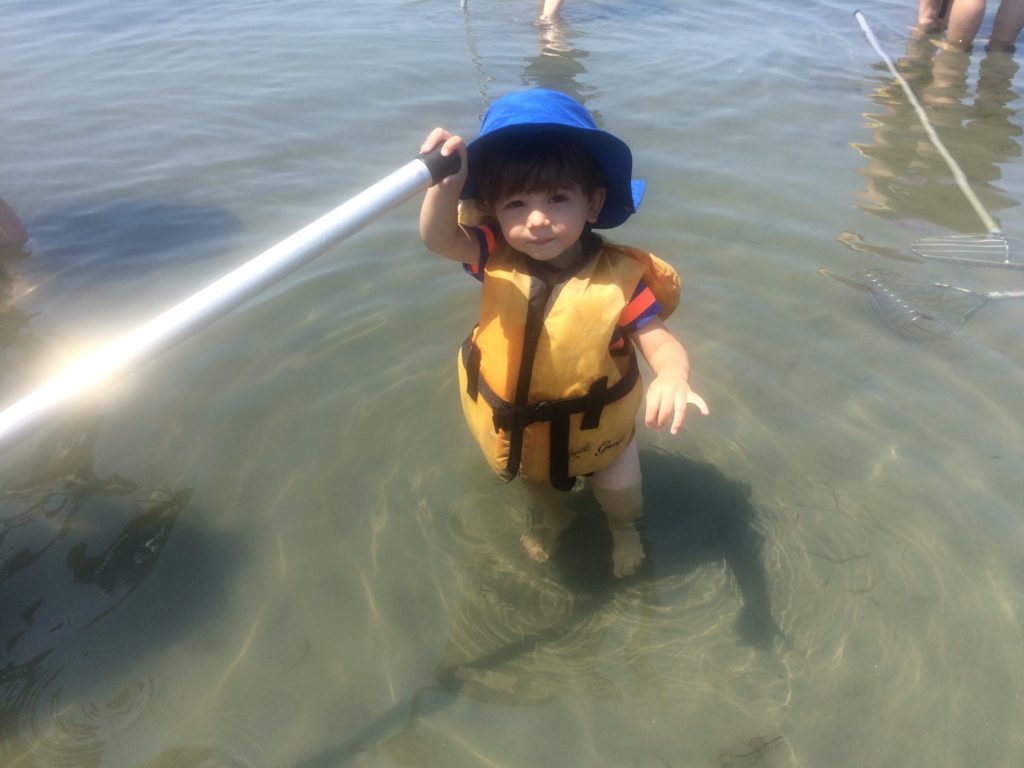
We were lucky to have Bob Eakes pick us up at the Teach’s Lair Marina and ferry us in two groups to clear flats, shin- to knee-deep, where we used his rakes and buckets to easily collect enough clams for a feast, with everyone (even the half-pints) participating.
Fortunately, there are many guides in the area who will gladly book clamming and crabbing trips, and as a family activity in the Outer Banks, it’s hard to beat.

About North Carolina’s Outer Banks
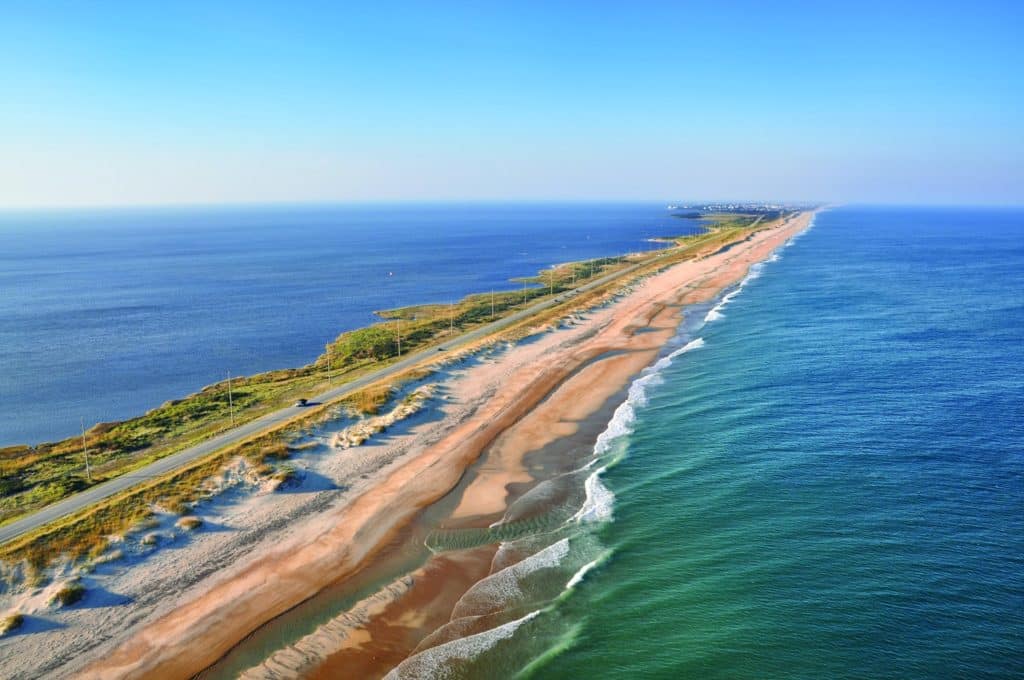
Typically, “Outer Banks” refers to the stretch of coast from Duck south to Ocrocoke. That includes not only Hatteras Inlet but also Ocracoke and Oregon inlets.
Even within this stretch, says Bob Eakes, one notices differences. “The beaches down around Ocracoke are more flat and stable, plus they’re warmer,” he says. “As you go farther north, the beaches become more sheer and the water definitely cooler.”
The seemingly endless OBX beaches are renowned among surf fishermen. They produce most of the inshore species mentioned in this feature, but in particular, they offer a good shot at some frighteningly big red drum (such as the IGFA world-record 94-pounder) in the fall.
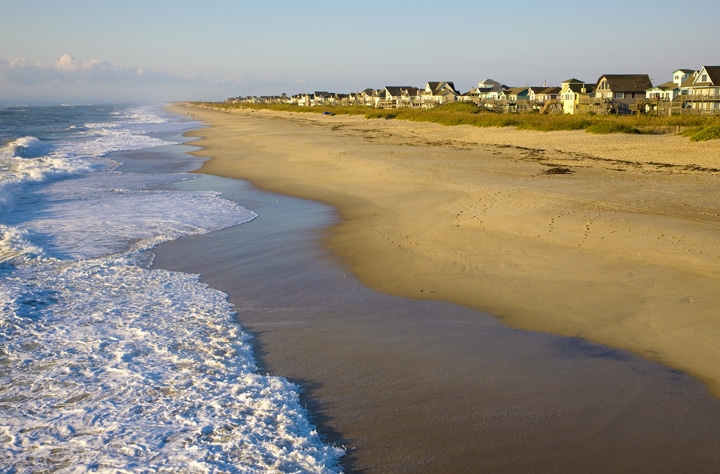
Public access to the beaches is generally good, but in recent years the National Park Service has severely limited access in some stretches to protect birds — but far too zealously and unnecessarily, many resident anglers believe.
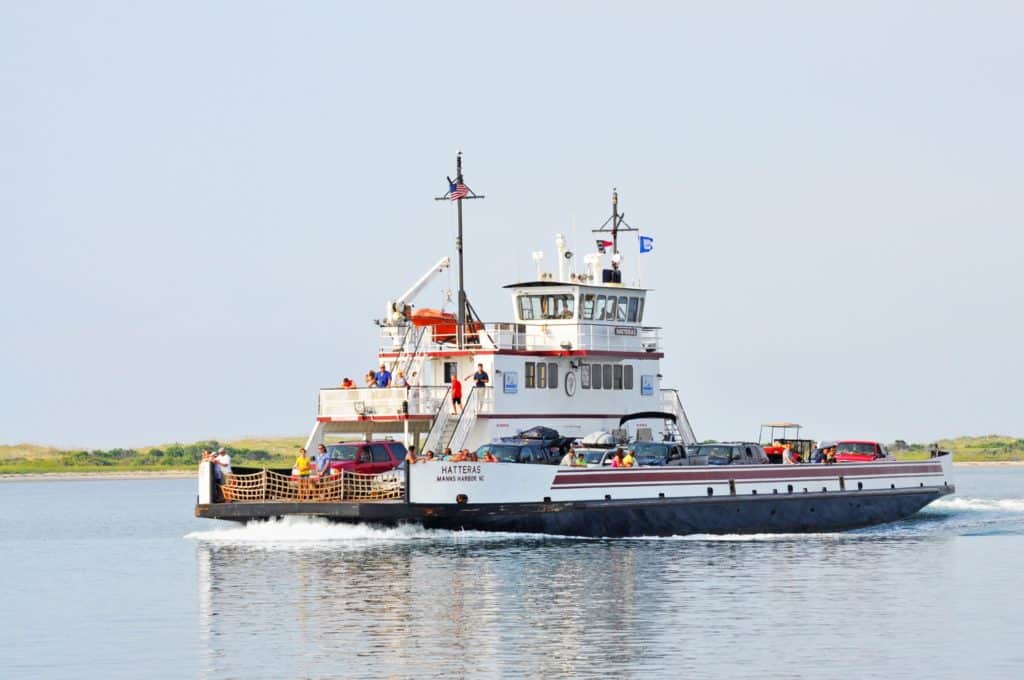
All three inlets — Oregon, Hatteras and Ocracoke — offer good access to the Atlantic, though Hatteras Inlet suffers an ongoing problem with siltation, and the responsibility for dredging it to keep it navigable for larger boats has become something of a political football between federal and state authorities.
Planning a Family Vacation/Fishing Trip to Hatteras Island
Getting There: The closest major airports are at Norfolk (82 miles north of the upper OBX) and Raleigh-Durham (192 miles west). Best not to be in too big a hurry while driving down the speed-controlled Highway NC 12: Speed limits intermittently fall to just 25 to 30 mph, and on weekends (particularly Saturday), long, slow lines of cars can be the rule.
Staying There: For families, the many large rental homes that vary from quaint to magnificent add great appeal to a vacation here. To be sure, you’ll find hotels and motels, but realty companies will help you find your own home here for a week or however long. Nothing beats having a well-equipped kitchen and outdoor grill for getting together to cook your fish and steam your crabs and clams in the evenings.
Contact: Holly Austin at Hatteras Realty; check out the site to see dozens of homes.
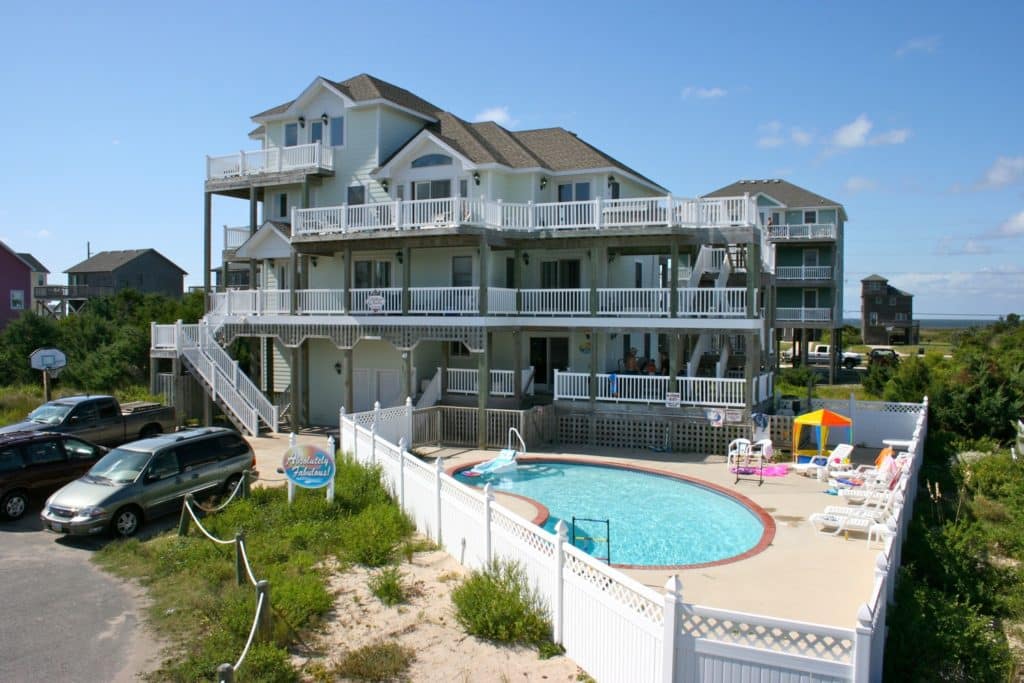
Fishing There: As noted above, your choices are many, including offshore sites, beaches and inlets, Pamlico Sound, and surf fishing. Somewhere in the neighborhood of 60 charter boats operate out of various Hatteras marinas (and probably 100 more out of Oregon Inlet, to the north). You can also find inshore guides to fish the sound and the inlets.
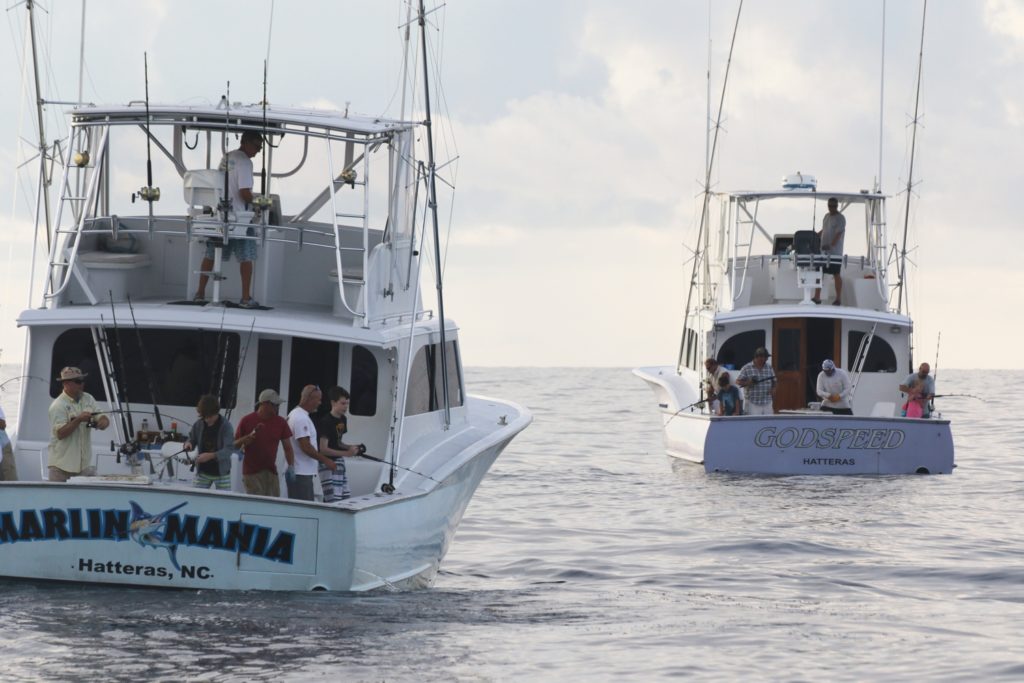
When to Go: There are fish to be caught year-round. As is often the case in many coastal areas, spring and fall are hard to beat, but summer offers plenty of options. Cold water and cold weather present more limited opportunities in the winter, but it’s a lot less crowded then. Anyone planning a trip should be ever mindful of hurricane season (particularly late July into early October) since tropical weather systems often brush or even clobber the OBX. Insurance for any home rental during this time is a good idea.
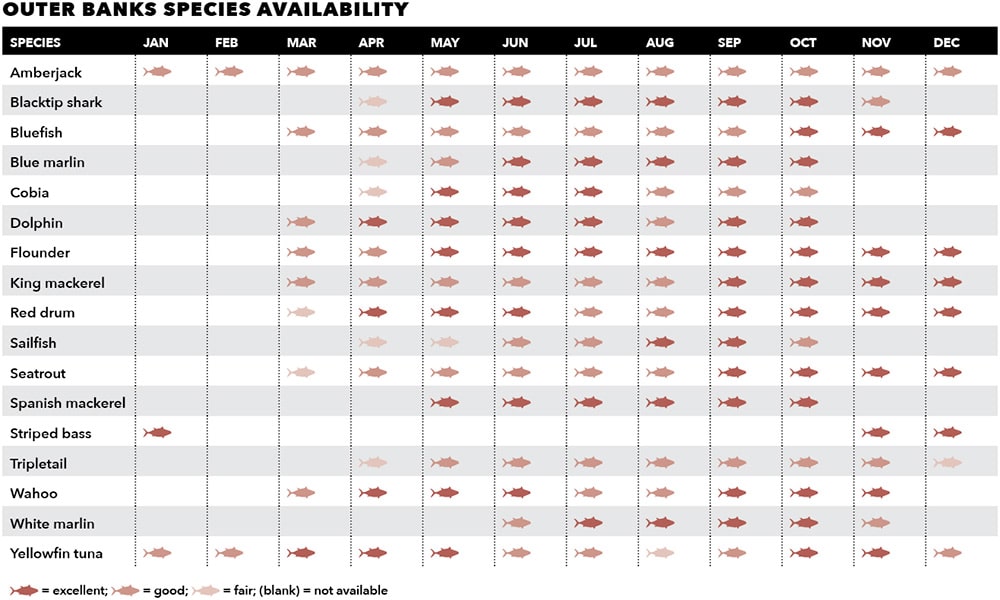
Some Other Activities
Horseback riding — Equine Adventures (Frisco)
Surfing/kiteboarding/wakeboarding — Real Watersports (south of Rodanthe)
SOME OBX CONTACTS
Chaser Sportfishing, 252-305-6721 (offshore)
Carolina Girl Sportsfishing, 757-560-1336 (offshore)
Hatteras Harbor Marina
Oden’s Dock
Teach’s Lair Marina Red Drum Tackle Shop, (Buxton) (surf-fishing experts; also good for Pamlico Sound guide referrals)
Outer Banks Visitors Bureau (for a visitors’ guide with lists of lodging, restaurants, activities and more)








